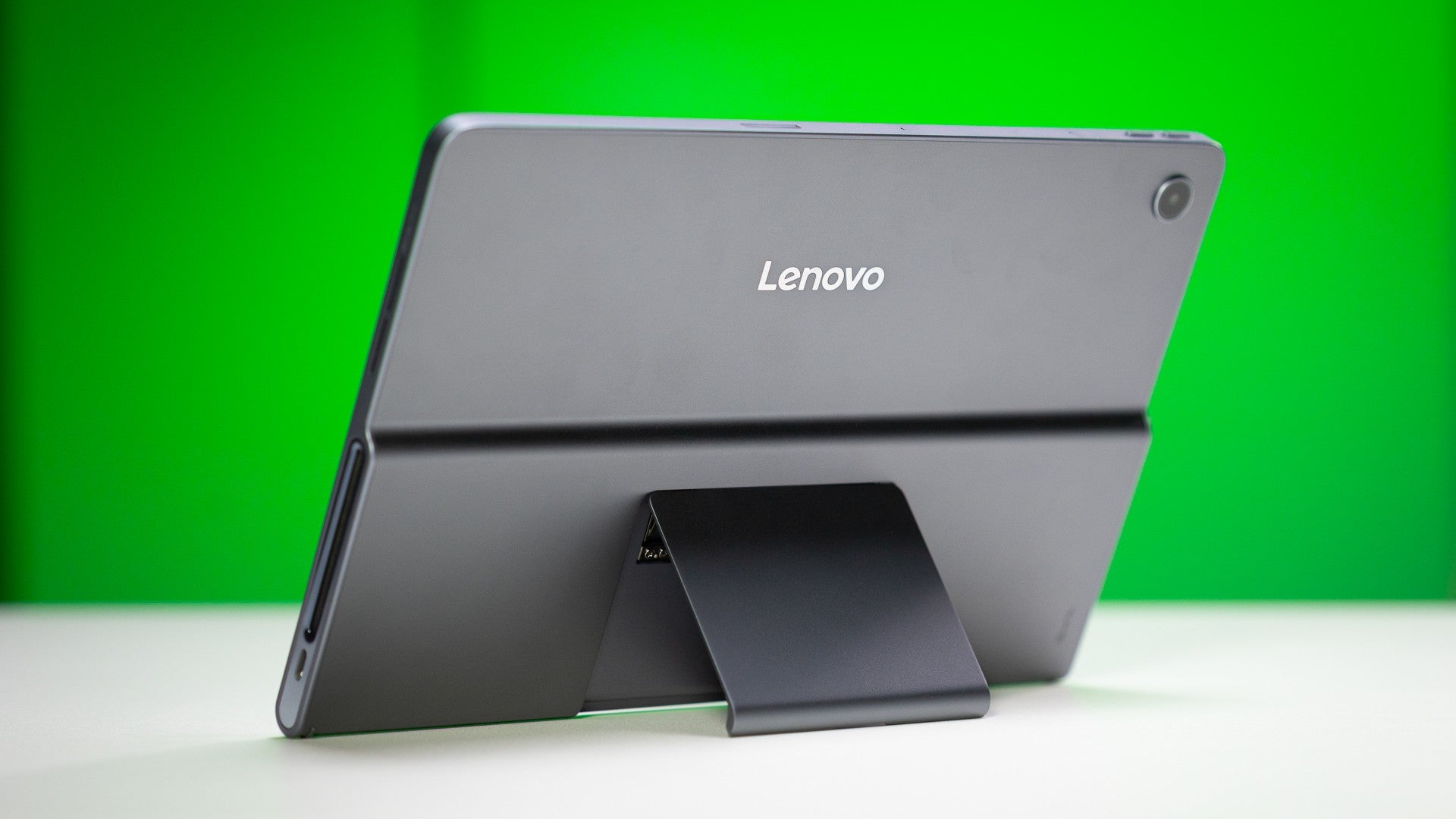Axis cameras are renowned for their reliability and advanced features, making them ideal for large multi-site or enterprise projects. Effectively managing these cameras is crucial for maximizing their potential. In this guide, we’ll explore how to proficiently manage Axis cameras, emphasizing the use of the Axis Device Manager.
Understanding Axis Cameras
Basic Features: Axis cameras come equipped with a range of features designed for modern surveillance needs. Their high-quality imaging, network-based operation, and scalability make them suitable for various environments.
Advantages for Large-scale Use: These cameras are particularly beneficial for large-scale deployments due to their robust performance and integration capabilities.
Initial Setup
Installation Tips: Proper installation is key. Ensure that the camera’s placement maximizes its field of view and minimizes blind spots.
Network Configuration: Setting up your camera on the network is critical. A stable and secure network ensures seamless camera operation.
Using Axis Device Manager
Overview and Benefits: Axis Device Manager facilitates the efficient management of camera settings, software updates, and security features.
Regular Maintenance
Software Updates: Regularly updating the camera’s firmware is vital for security and performance.
Hardware Checks: Periodic physical inspections of the cameras and their surroundings are necessary to maintain optimal functionality.
Advanced Features
Analytics and Integrations: Leverage Axis Camera’s advanced analytics for enhanced security and operational insights.
Custom Settings for Specific Needs: Tailor your camera settings to meet the specific requirements of your site.
Security Protocols
Ensuring Camera Security: Implementing strong security protocols is non-negotiable to protect your surveillance system from cyber threats.
Regular Password Updates: Change passwords regularly and use strong, unique passwords for each camera.
Troubleshooting Common Issues
Connectivity Problems: Quickly resolving network issues is essential to maintain continuous surveillance.
Image Quality Issues: Addressing factors like lighting, lens cleanliness, and camera settings can improve image quality.
Remote Management
Accessing Cameras Remotely: Remote access allows you to monitor your site from anywhere, at any time.
Mobile Applications: Using mobile apps can enhance the flexibility of your surveillance system.
Integrating with Other Systems
Compatibility with Security Systems: Axis cameras can be integrated with various security systems for a comprehensive security solution.
Data Sharing: Seamless data sharing between systems enhances the overall effectiveness of your security setup.
Training Staff
Importance of Training: Well-trained staff can maximize the potential of your Axis camera setup.
Resources for Learning: Utilize available resources to keep your team knowledgeable about the latest features and best practices.
Scaling Up
Adding More Cameras: As your needs grow, adding more cameras should be done strategically to ensure network stability.
Network Considerations: Consider the impact on your network when scaling up your camera system.
Legal and Privacy Considerations
Compliance with Laws: Ensure your camera usage complies with local laws and regulations.
Privacy Policies: Respecting privacy is crucial. Implement policies that protect individuals’ privacy rights.
Future-proofing Your Setup
Staying Updated with Technology: Keeping abreast of technological advancements ensures your system remains effective.
Planning for Upgrades: Plan for future upgrades to maintain the relevance and efficiency of your camera system.
Conclusion
In summary, managing Axis cameras effectively requires a comprehensive approach covering installation, maintenance, security, and legal considerations. By following these guidelines, you can ensure that your Axis camera setup remains robust, secure, and efficient.




